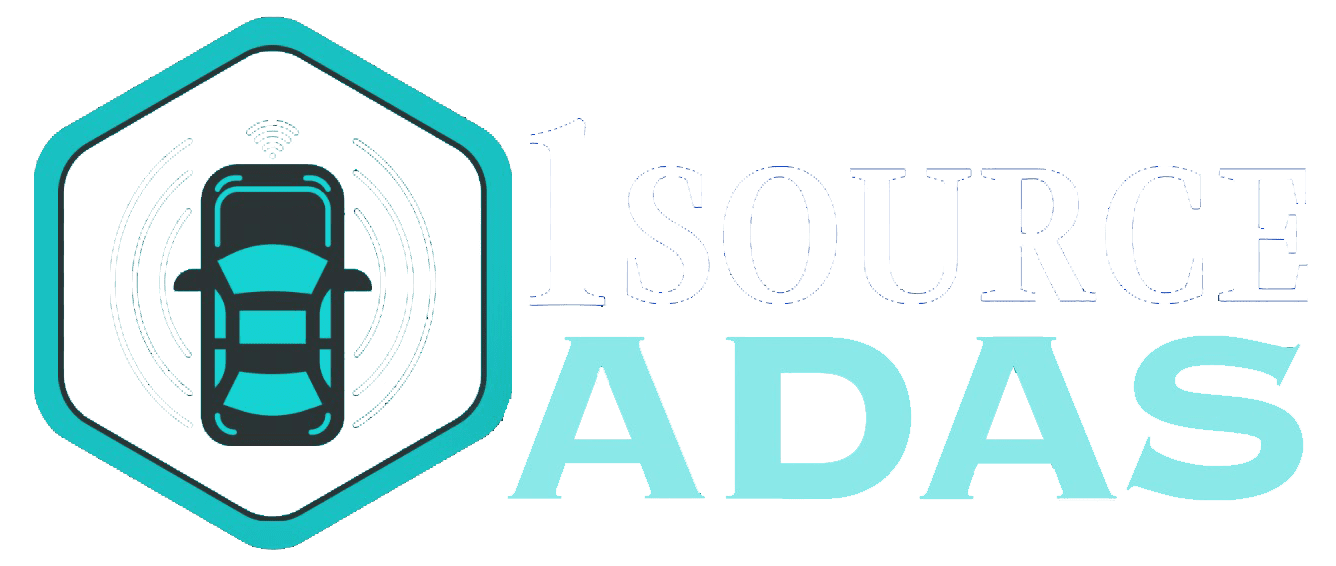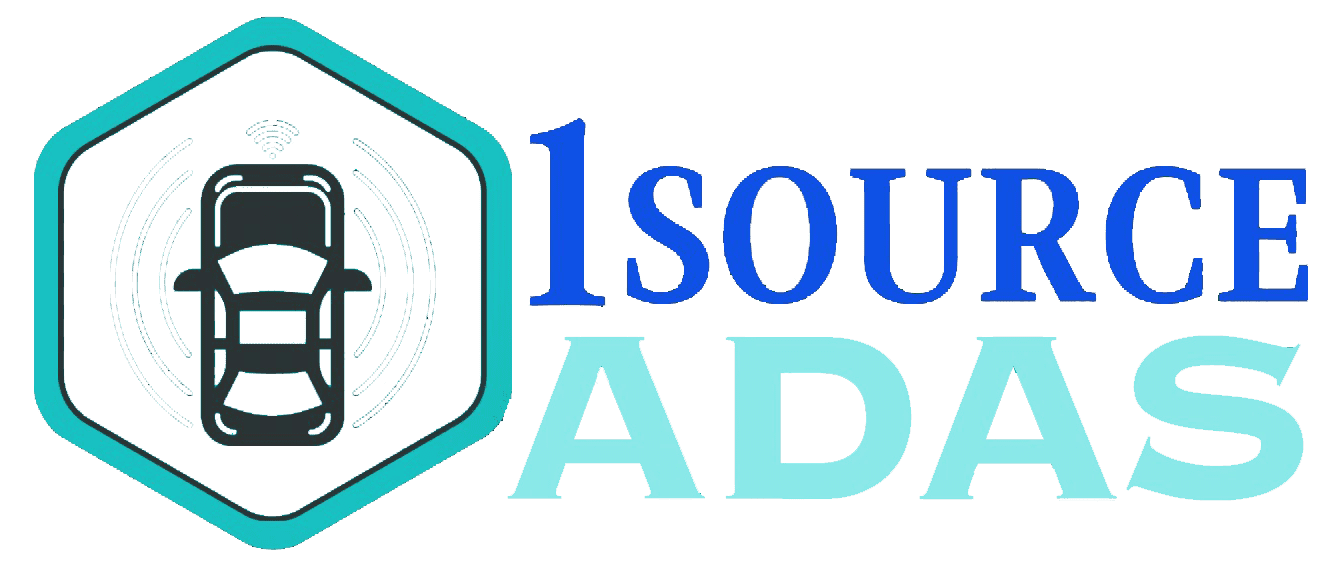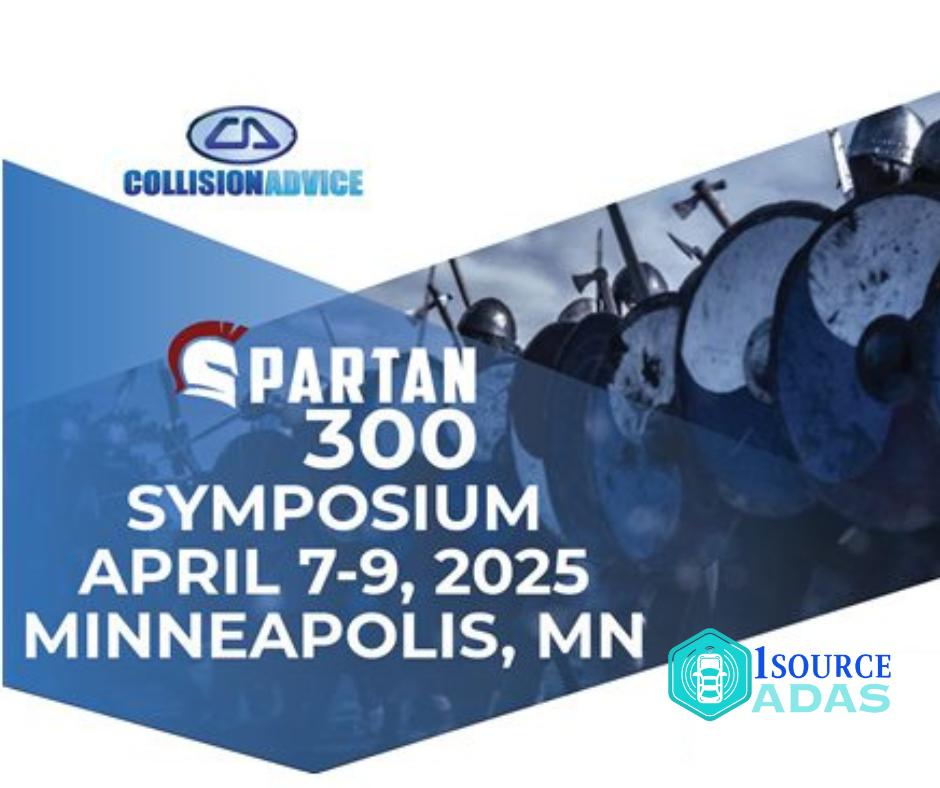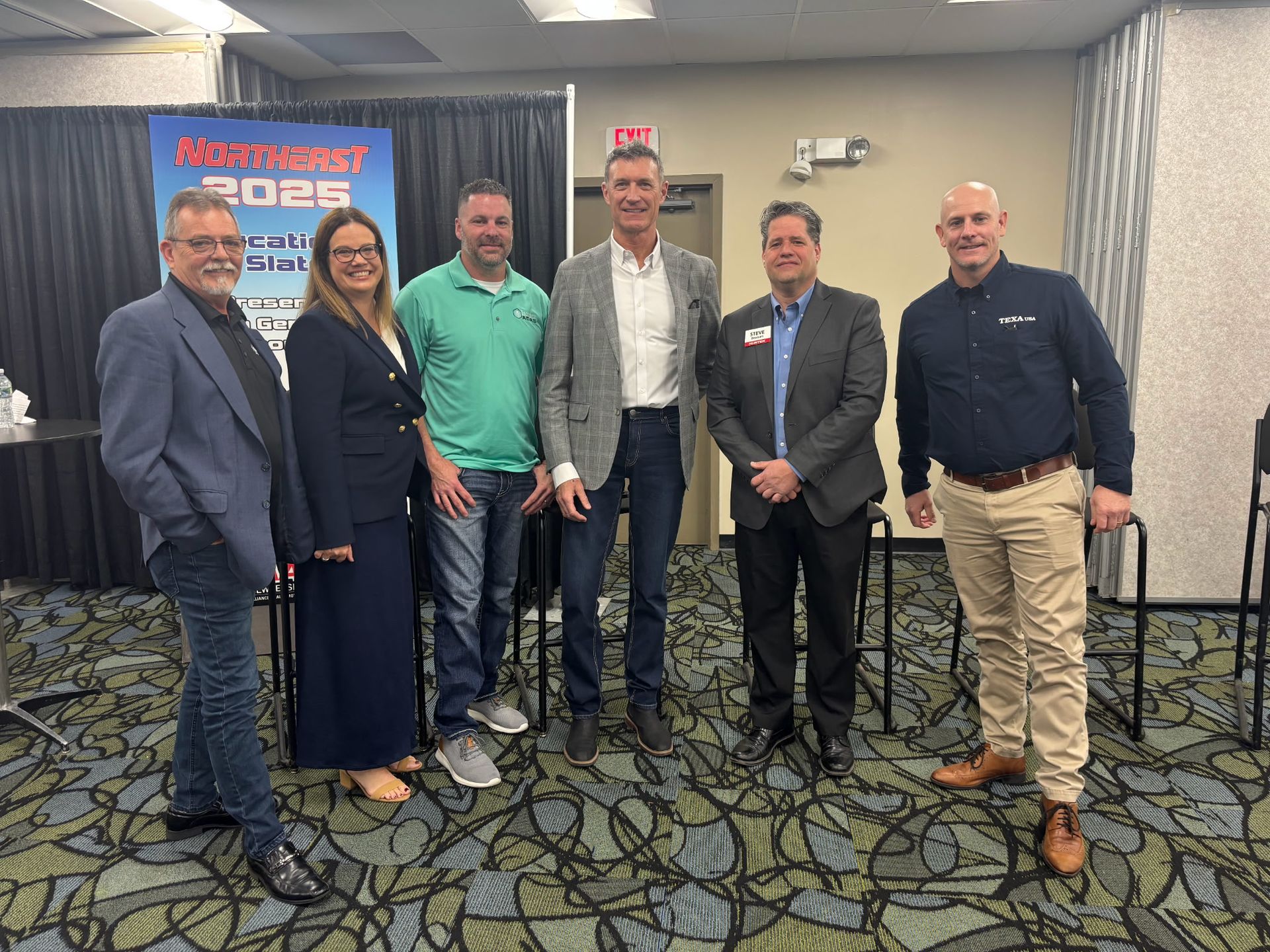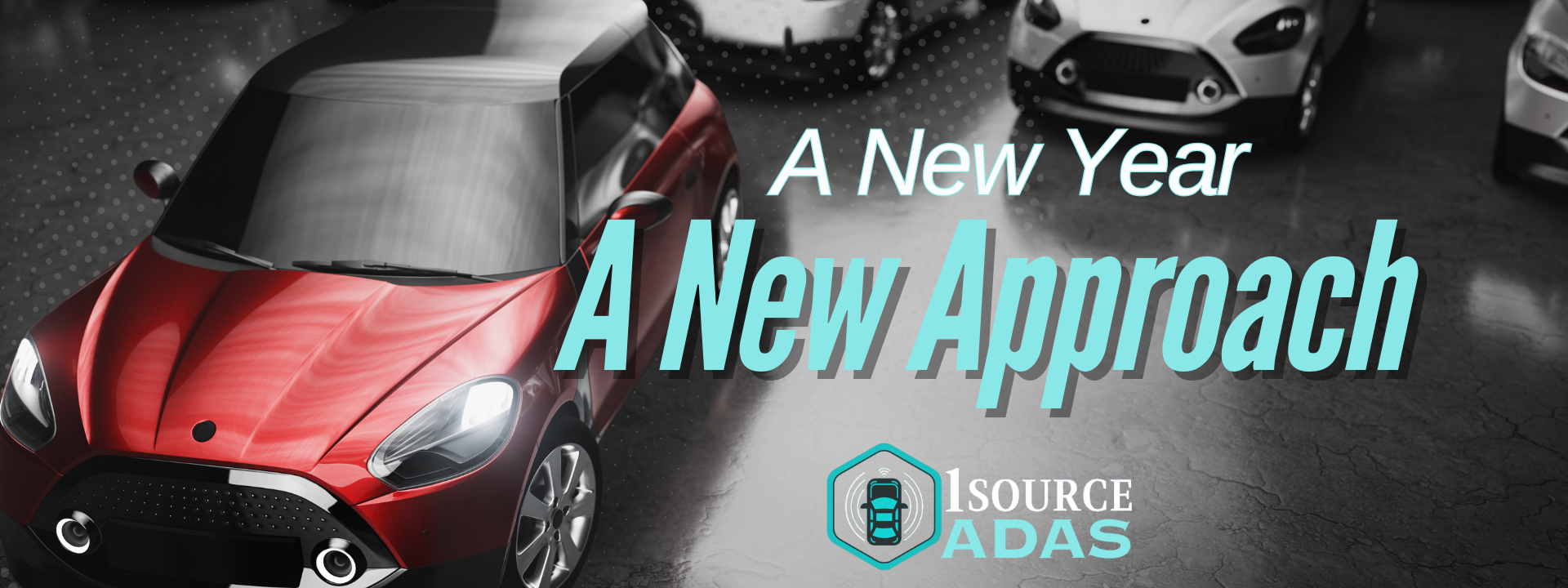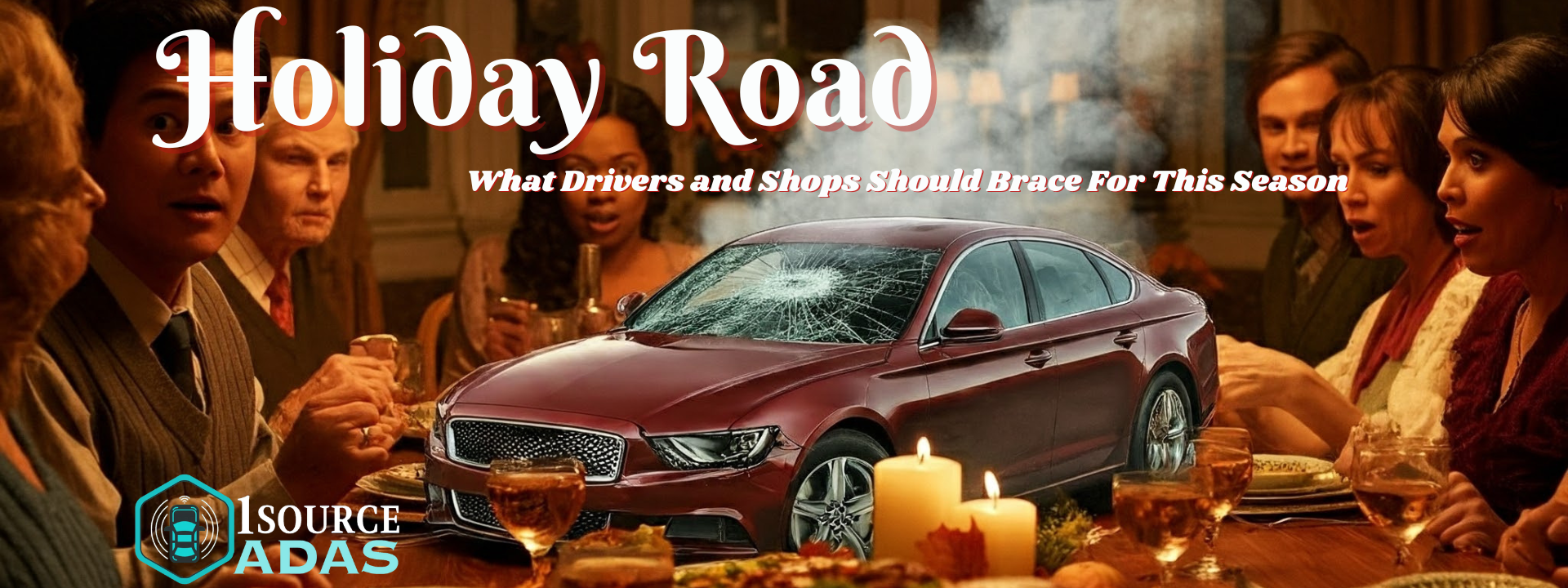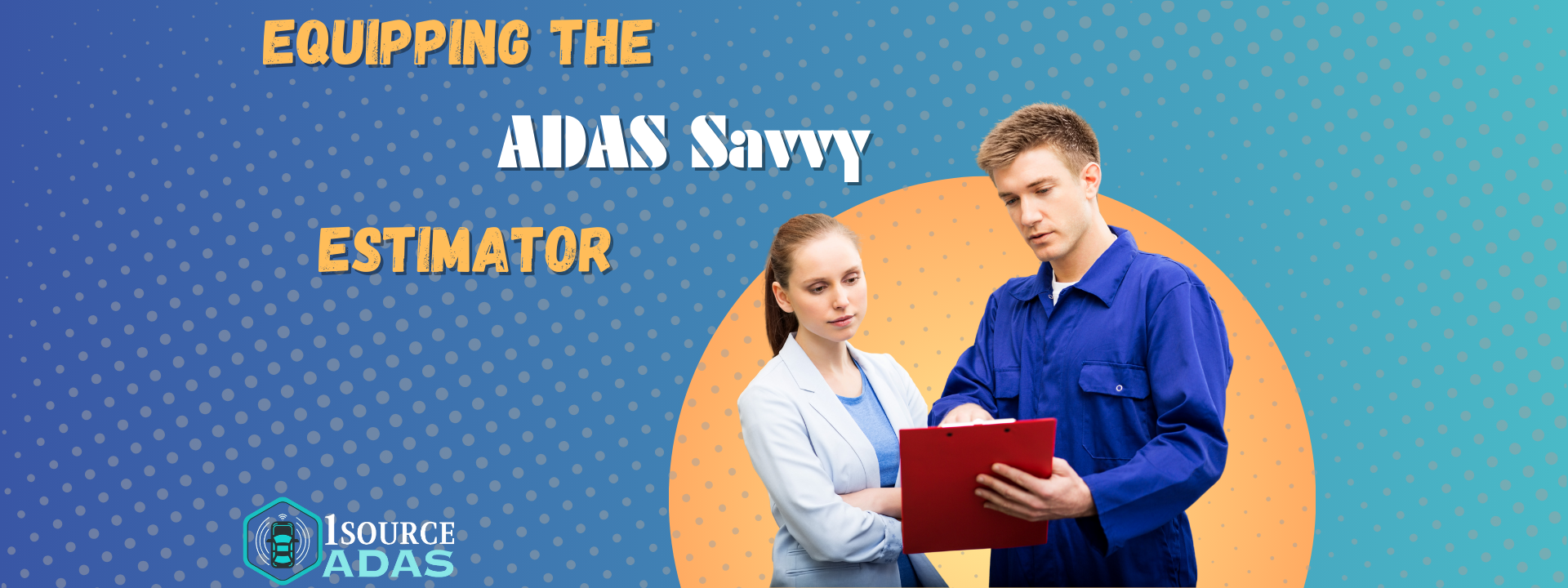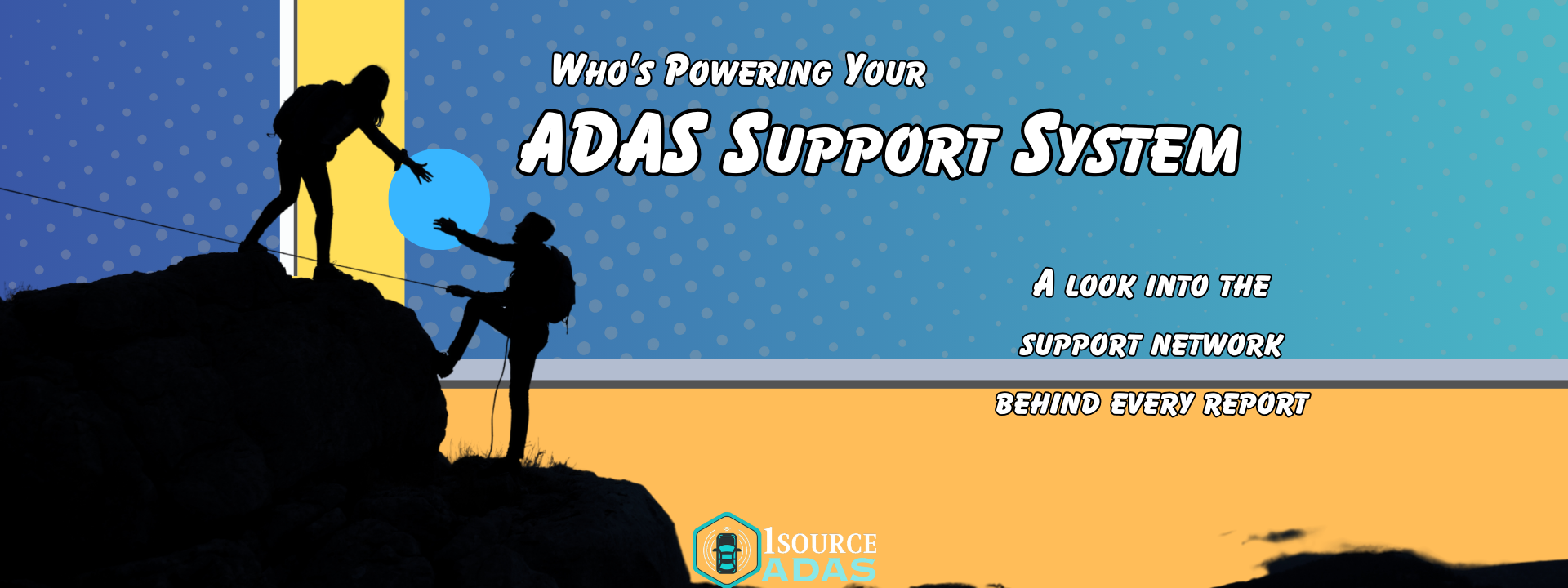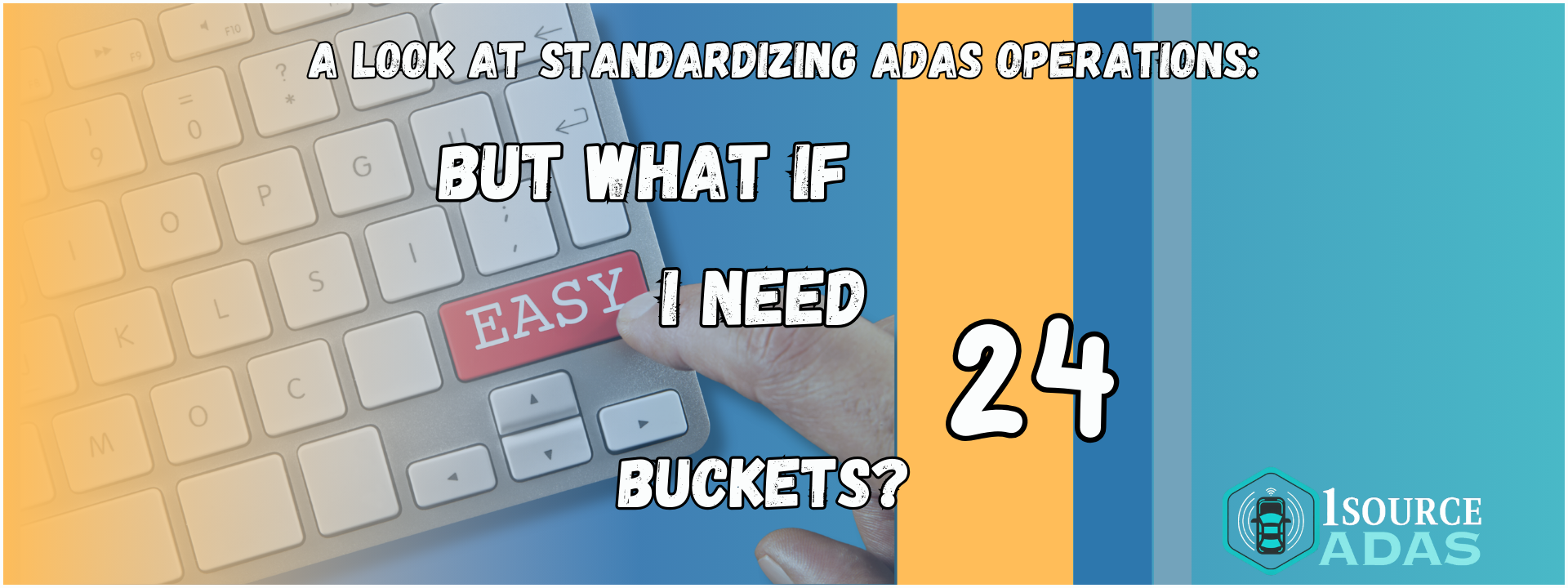Contact@1sourceADAS.com
Who do you want pulling your documentation?
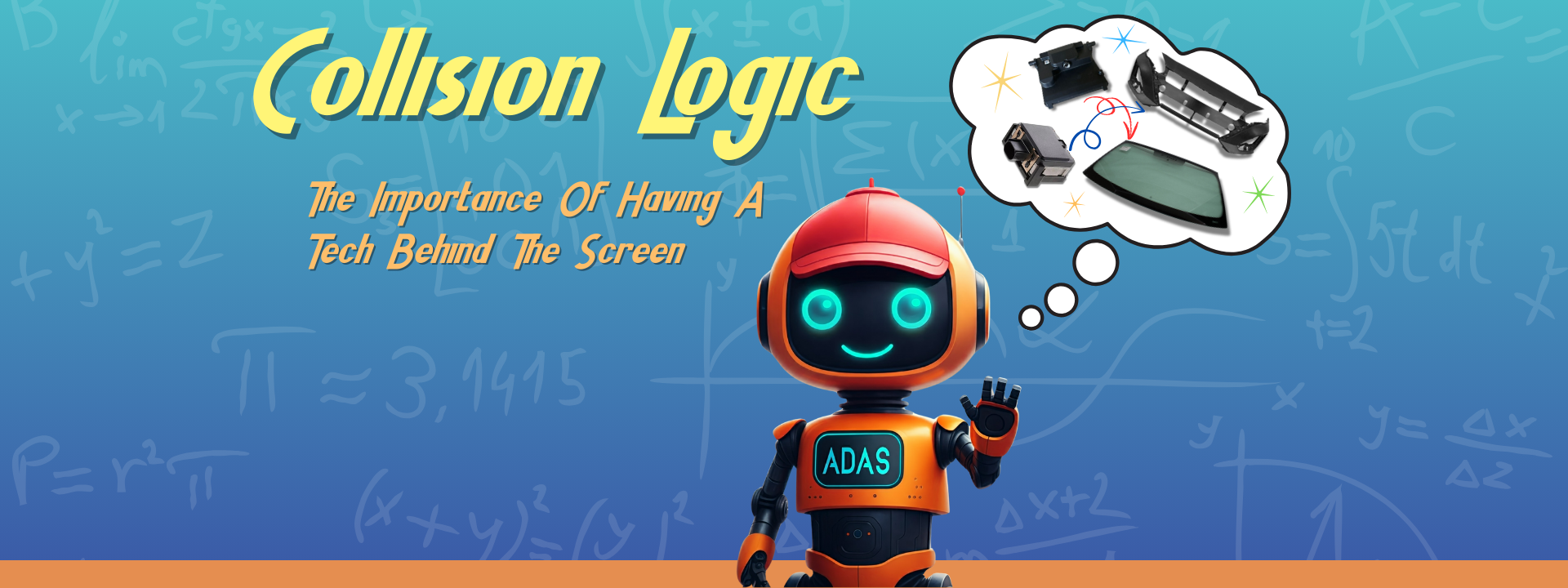
Do you have that one tech who gets mad at the estimate and explains everything he has to do to repair that one part? We love that guy because he has vital information to consider when determining the required calibrations based on the estimate.
A common issue in collision repair is the gulf of knowledge between departments. While it was once common for someone to be able to solo the repair process from estimate to wash, attempting that in the modern repair space is wildly inefficient at best. Specific process-based departments are now the norm. Typically, this is a good thing. It allows each tech to focus on what they do best and let others worry about the rest. As technology evolves, however, the knowledge gap between departments can cause some operations to be missed. This can be especially prevalent when determining the required ADAS operations for a repair.
Calibration detection platforms are fantastic bridges between departments when it comes to helping determine what calibrations are required based on the repair. However, some available systems also suffer from this departmental knowledge gap.
How do you catch the calibration triggers that aren’t on the estimate?
The (ADAS) Limitations of Estimating Systems
Estimating systems do not currently assist with building estimates. They simply offer the vehicle parts and allow the user to select the operations they feel are appropriate. No rules or guidelines are generally applied beyond what the P-Pages offer. When it comes to ADAS requirements, there is even less information available. In fact, there is only one result when the term ‘ADAS’ is searched in one of the most popular estimating systems’ P-Pages. It simply states, “ADAS Precautions: On vehicles that use advanced driver-assistance systems (ADAS), OEM repair information must be consulted to ensure repairs will not negatively impact ADAS functionality.”. Good advice, but also a bit vague.
Estimating systems do not help much in determining required calibrations. While there are a number of ways to capture ADAS operations adequately, the method used needs to be accurate and fast. This need has led to multiple service providers entering the market, creating an ADAS gold rush. Are all these systems the same?
Understanding the collision repair process is critical to understanding calibration requirements. If a component that houses a module is included in an assembly, it may not be specifically listed on the estimate. If a component isn’t on the estimate to be scrubbed, its calibration cannot be triggered. Enter the 1Source ADAS collision logic process.
What Is Collision Logic?
At some point as a kid, you sang the song that noted, “The leg bone’s connected to the: hip bone.”. Apologies if that’s stuck in your head now, but that song encompasses the idea behind collision logic. Linking procedures and requirements are not enough to capture calibrations accurately. The collision logic approach bridges the gap between estimating and accurate calibration identification.
The current Nissan Altima body-style front bumper is a good example of when collision logic is required. The distance sensor is attached to the grille. In CCC, the grille is included in the bumper replacement. Per Nissan, the distance sensor requires calibration for R&I, which also triggers a four-wheel alignment. In this case, a bumper R&I would require distance sensor calibration and four-wheel alignment. Where’s the documentation to support this? Under the grille section, of course! But if the estimator just hit's R&I bumper and adds repair time the odds of proper calibration being considered are low.
This means that with many calibration detection systems, every component must be listed on the estimate to capture the calibrations correctly.
1Source ADAS collision logic understands that just because a component is not explicitly listed on the estimate, it is still involved in the repair as an included operation. Included operations that are part of the repair should still trigger calibrations appropriately.
The Technicians Make The Difference
The 1Source ADAS team isn't just made up of software developers; we're collision repair and ADAS calibration professionals with years of hands-on, in-shop experience. We know the intricacies of the repair process, the nuances of OEM procedures, and the frustrations of dealing with incomplete or inaccurate calibration information.
We've poured that expertise into the 1Source ADAS platform, developing a solution beyond simple part matching. We understand real-world repair processes and know how important it is to identify every necessary calibration, even the ones hidden within included operations.
This deep understanding of the industry, combined with cutting-edge AI technology, is what sets 1Source ADAS apart. It's not just about identifying operations with a word-match algorithm; it's about understanding the entire repair process and its impact on ADAS functionality.
Sign up today at http://1sourceadas.com to see the difference and try the 1Source ADAS platform free for seven days.
Accurate ADAS repairs aren't just about fixing the car—they're about protecting the people inside.
1 Source ADAS, based in Longview, Texas, is a leading provider of ADAS calibration software and solutions, expertly designed to support automotive professionals. Our technology ensures the highest safety and performance standards by delivering precise calibration and detailed reporting for all ADAS-equipped vehicles.
OFFICE HOURS
- Monday
- -
- Tuesday
- -
- Wednesday
- -
- Thursday
- -
- Friday
- -
- Saturday
- Closed
- Sunday
- Closed
GET INDUSTRY UPDATES
Get updates on the software, industry news, and tips!
©2023 - 2025 1 Source ADAS. All rights reserved.
